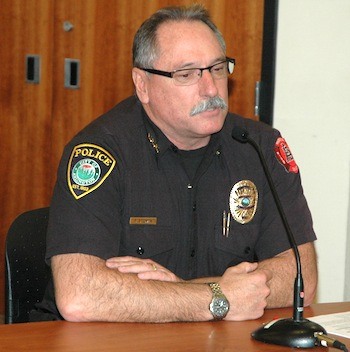ARLINGTON — The first phase of proposed reforms for the Arlington Police Department hinges on replacing two commander positions with an additional patrol officer and a deputy police chief.
The deputy police chief is a new position for the city, and public safety director Bruce Stedman discussed it with the City Council at the Jan. 12 workshop.
“This is part of our plans to resolve our deficient management structure,” said Stedman, who recommended that the council approve the job description and salary range of the deputy chief position by Feb. 1.
The deputy chief position would help the department fulfill the recommendations of a matrix study released last year.
Stedman consulted with the city’s human resources department, as well as other police agencies, to develop this position.
The deputy chief’s salary range of $7,341 to $10,466 per month is comparable to similar cities, and is neither the highest — $8,812 to $11,463 for Tukwila, which has a population of 19,765 — nor the lowest — $6,695 to $8,811 for Mill Creek, which has a population of 18,828. Arlington’s population is 18,664.
The two current commanders have applied for the deputy chief role, along with one sergeant. If one or both commanders don’t get the deputy chief job, they’re eligible to apply for either the patrol officer position or a detective spot that’s opened up.
When council member Jan Schuette inquired how that vacant detective spot would be assigned, Stedman explained that the two current commanders would have to take the tests and apply if they wanted it.
“We can’t just bump them right down,” Stedman said. “We would look at who had the best education, training and experience.”
When Schuette checked to ensure that the union contracts didn’t preclude this arrangement, Stedman said that the unions were primarily concerned with bumping rights, while “we follow the civil service rules.”







